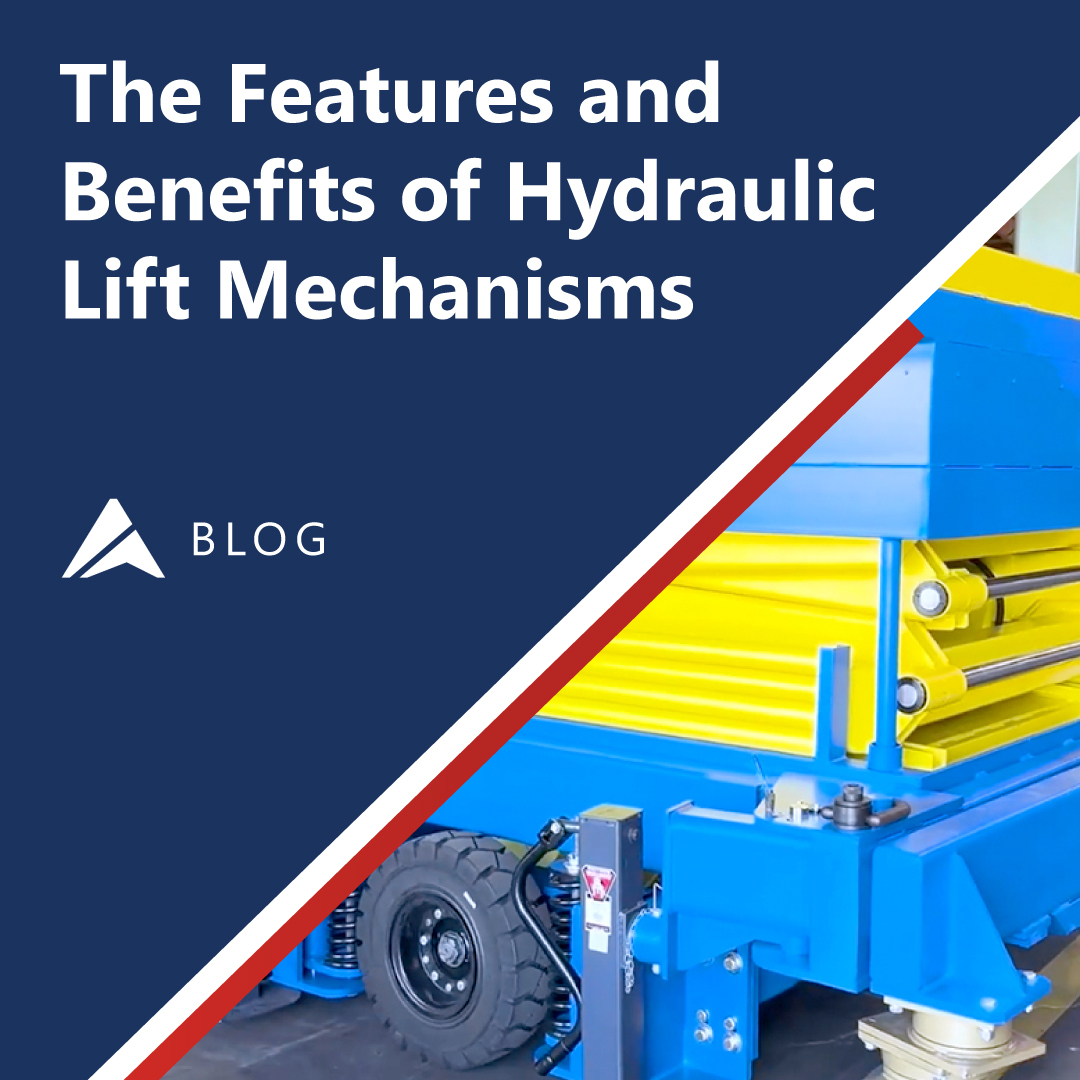10 years of experience as a food machinery equipment manufacturer
10 years of experience as a food machinery equipment manufacturer
Across diverse industries, from manufacturing plants to warehouses and construction sites, lifting heavy materials efficiently and safely remains a fundamental operational challenge. The hydraulic hoist lift has emerged as a critical solution, transforming material handling practices and driving significant productivity gains.

Increased Efficiency and Speed: Hydraulic hoist lifts significantly reduce the time required to position heavy components, raw materials, or finished goods. Unlike manual handling, which is slow and physically demanding, hydraulic power enables swift vertical movement. Workers can repeatedly lift substantial loads with minimal effort. This acceleration directly translates into faster cycle times, allowing more tasks to be completed within shifts and increasing overall throughput.
Enhanced Workplace Safety: Manual lifting is a primary cause of workplace injuries, including strains, sprains, and musculoskeletal disorders. Hydraulic hoist lifts mitigate these risks by eliminating the need for employees to physically maneuver heavy weights. Stable hydraulic mechanisms prevent sudden drops and provide controlled descent, reducing the likelihood of accidents from dropped loads or overexertion. A safer environment also minimizes costly downtime associated with injury investigations and lost workdays.
Reduced Physical Strain and Fatigue: Continuously handling heavy objects leads to worker fatigue, decreased alertness, and lower quality output. Hydraulic lifts bear the physical burden, allowing personnel to focus their energy on precise positioning, quality checks, and task coordination. Reduced fatigue directly enhances concentration, leading to fewer errors and higher overall job performance.
Versatility Across Applications: Modern hydraulic hoist lifts are adaptable to a wide array of tasks and environments. Key applications include:
Improved Workflow & Space Utilization: By enabling vertical lifting without bulky overhead crane systems, hydraulic hoist lifts offer flexibility in constrained workspaces. They allow materials to be lifted precisely where needed, optimizing floor layout and minimizing travel distance for components. This smooths workflow, reduces bottlenecks caused by movement constraints, and allows better organization of work areas.
Cost-Effectiveness: Beyond the immediate boost in task speed, hydraulic hoist lifts contribute to long-term financial efficiency. Reduced reliance on large crews for lifting lowers labor costs associated with such tasks. Lower injury rates translate into decreased medical expenses, insurance premiums, and compensation claims. Furthermore, their robust construction ensures durability and reduces maintenance frequency compared to many complex lifting alternatives.
Preserving Product Integrity: Controlled lifting minimizes the risk of damaging sensitive or expensive goods during handling. The smooth, stable motion prevents jolts, scratches, or impacts that can occur with manual movement or less precise mechanical systems, ensuring products arrive at their destination in optimal condition.
Maximizing the benefits requires selecting the appropriate lift capacity and type for specific tasks, coupled with comprehensive operator training on safe operation and load limitations. Proper maintenance schedules are essential to ensure reliability and longevity. When incorporated strategically, hydraulic hoist lifts become integral components of lean operations, contributing to reduced waste (time, effort, injuries) and enhanced value delivery.
The strategic implementation of hydraulic hoist lifts addresses critical operational pressures: the need for speed, safety, and efficiency. By significantly reducing physical strain, preventing injuries, accelerating material movement, and improving workflow organization, these lifts act as powerful catalysts for enhanced productivity. They empower workforces to achieve more with existing resources, streamline processes, and contribute to a safer, more profitable operational foundation across various industrial landscapes. For businesses seeking reliable and practical solutions to heavy lifting challenges, hydraulic hoist lifts remain a highly effective investment.
